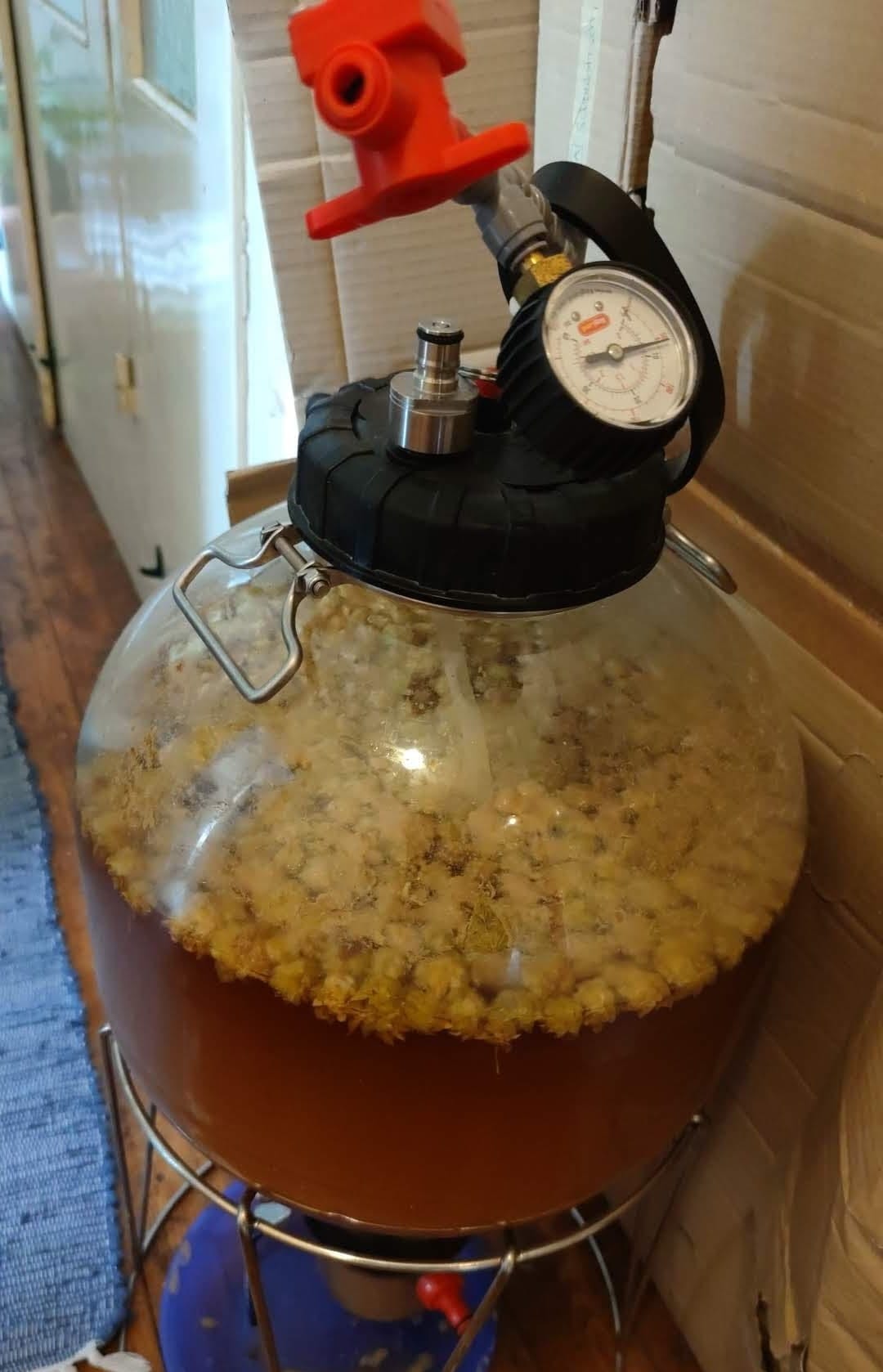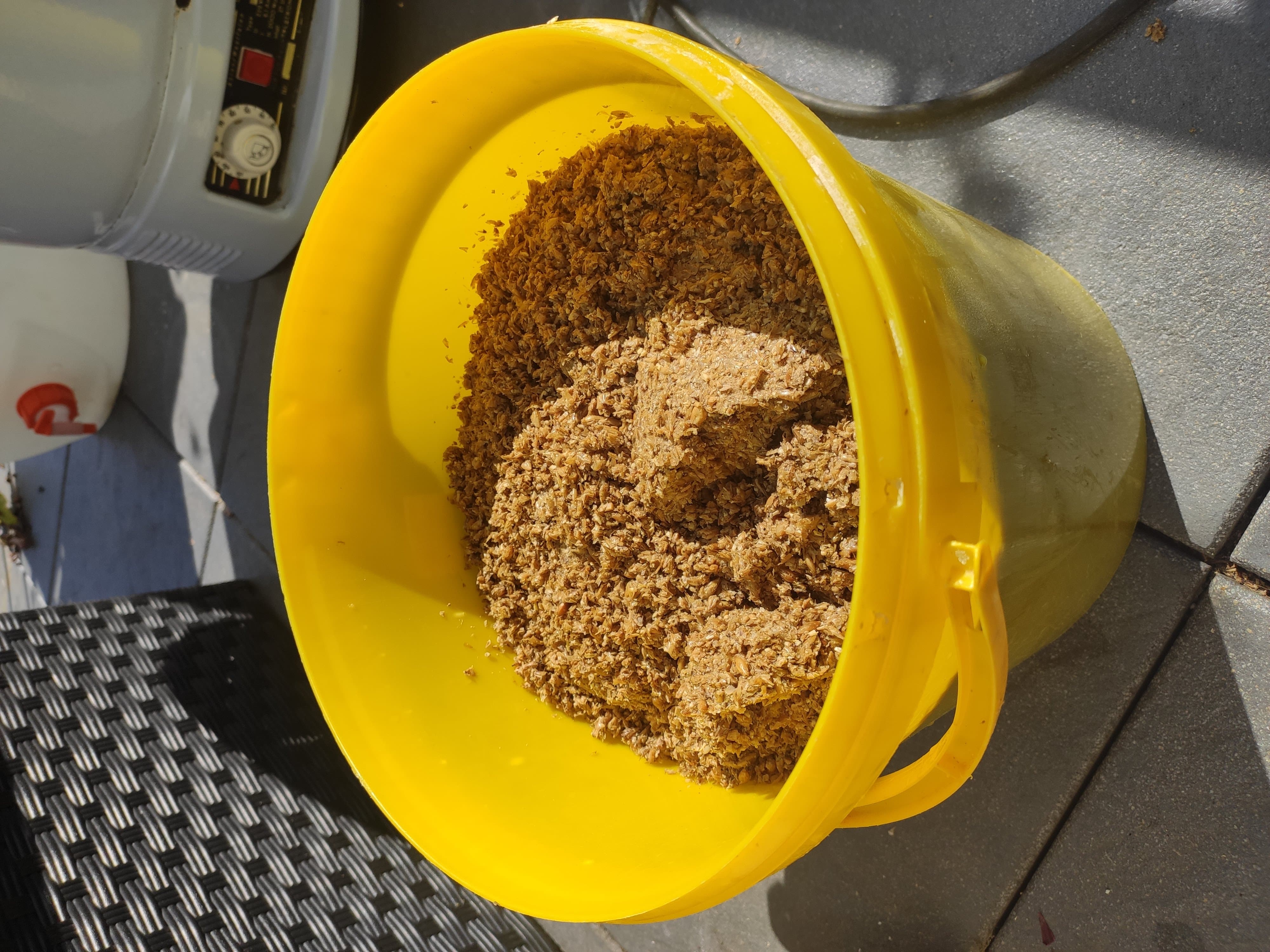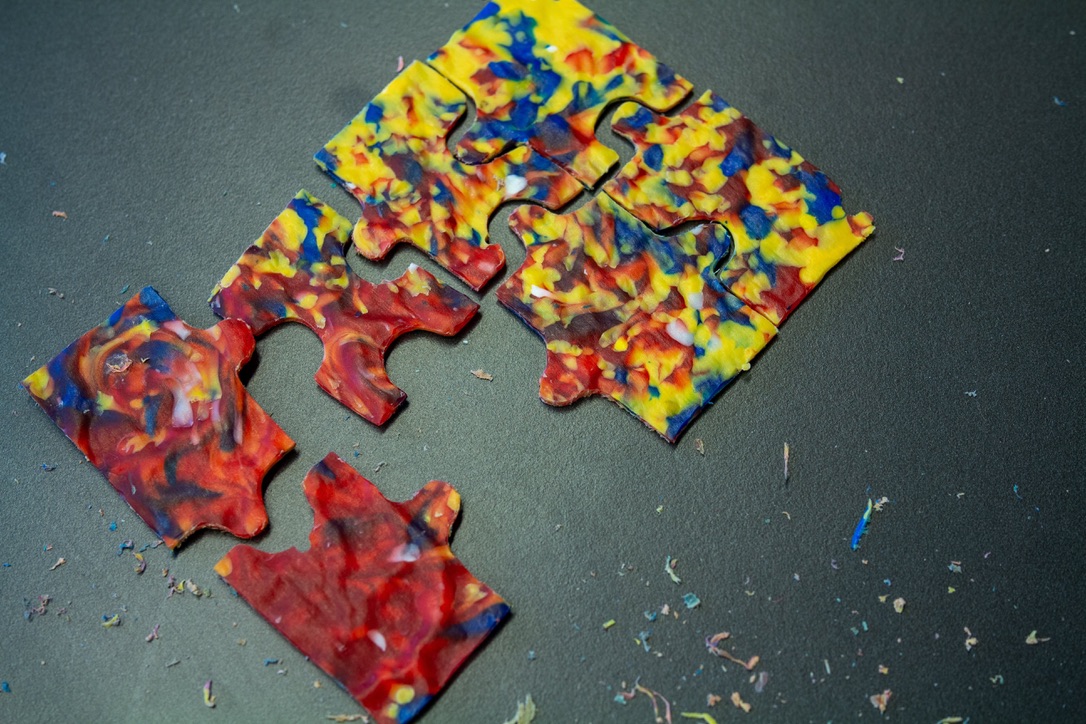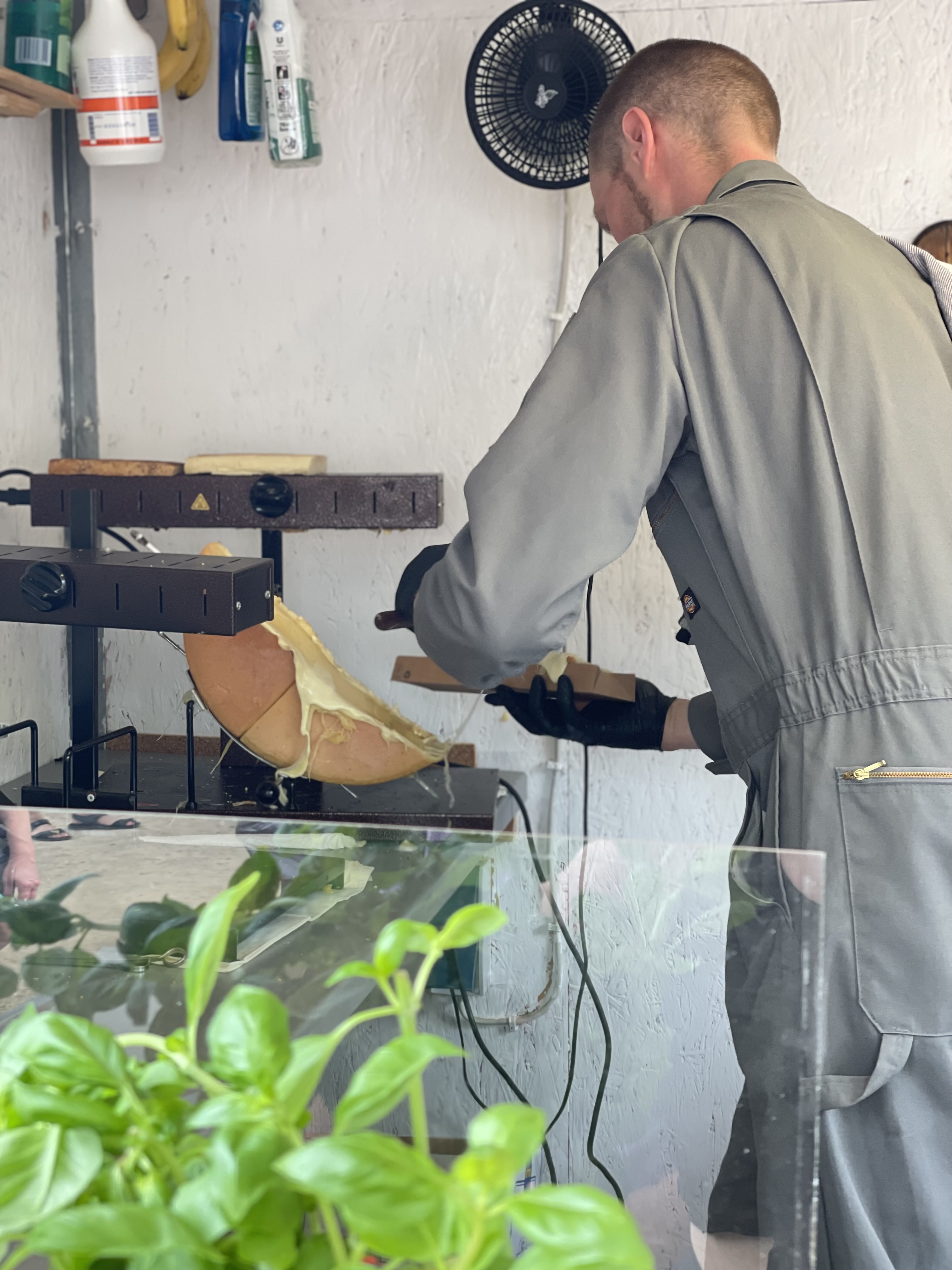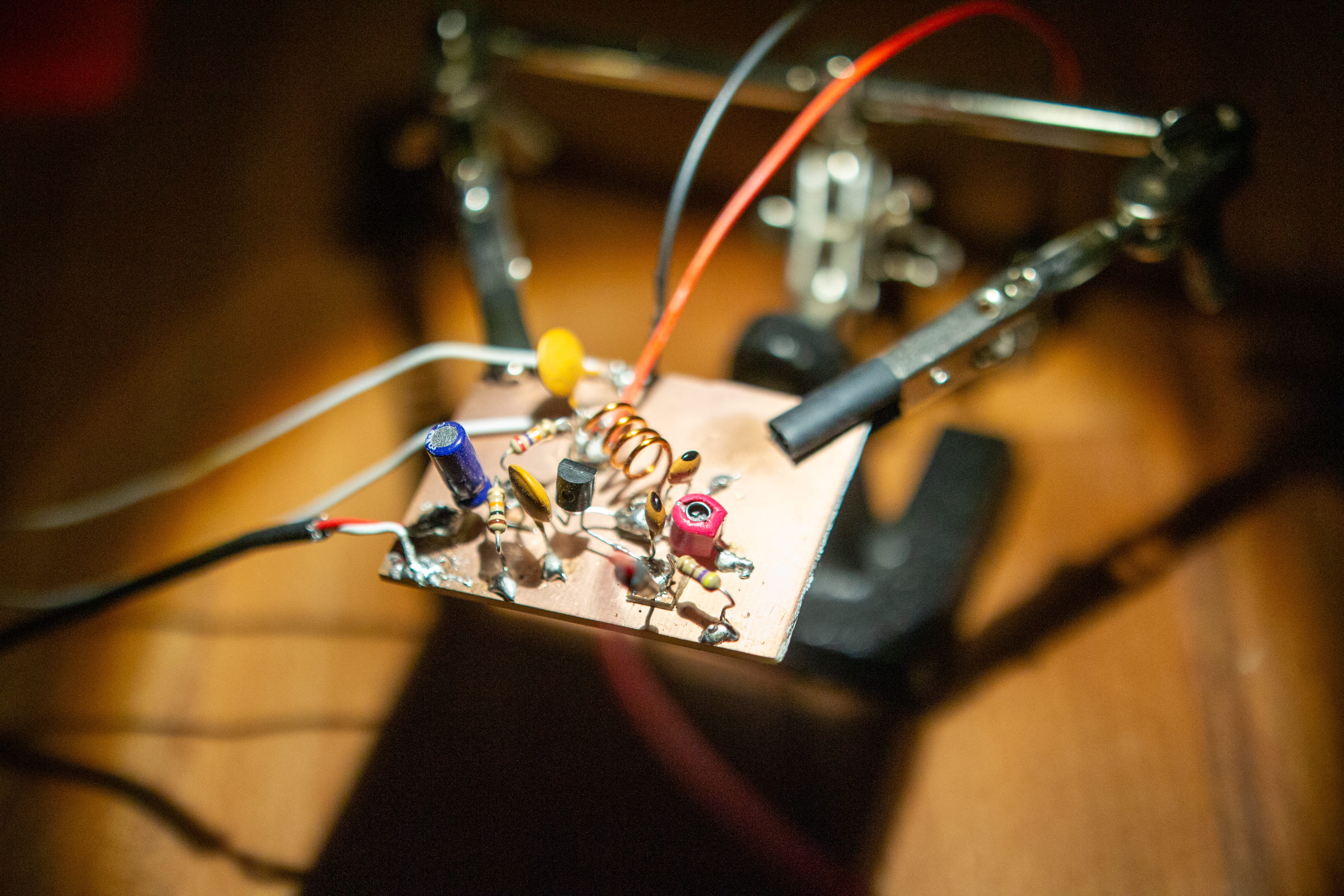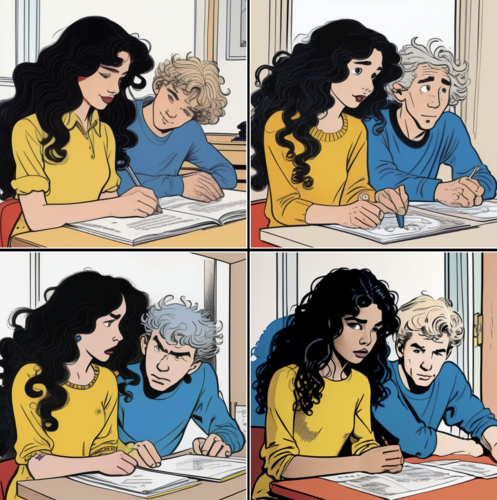Brewing
Making my own beer
I love hosting, I love experimenting in the Kitchen. Starting with homebrews was a natural fit for me and during the first wave of Covid-19, I went the whole homebrewer’s route of bottle fermentation and small batches later elevating my game with larger batches of 50 liters and a pressure tank system.
Starting out, I found it fascinating, how just 4 rather simple ingredients, malt, hops, water and yeast, can form such an incredible range of taste experiences. It was and still is, a tremendous learning experience, where one slowly has to accept not being able to control the process fully and find room for creativity.
Why do I present such an unrelated non-academic hobby here? I simply do not regard it as unrelated, experimenting and optimizing a process and a workflow, creating optimal conditions for the yeast to do its job feels very similar to approaching a coding project. Yeast and what it does fascinates me. Every time I open the latch to release some pressure on the Tank I think of the awesome symbiotic relationships yeast has with humans and how many different strains live there together to create a unique, yet tailored flavor. Several ideas are floating around of changing the brewing process by capturing the created carbon dioxide and using it productively. I could see a car tire being filled with my beer gas, or an algae farm munching away on my CO2 byproducts. Within a closed-loop pressurized system, such ideas actually become realizable and I would love to explore them further.
I am not yet an expert on algae, but I can manage with yeast and I believe they can coexist and create a more sustainable cycle of production. Young Henrys, a brewery in Australia is already incorporating algae into its industrial process: The Algae project
Such ideas do not come into the industry by themselves: I believe that art and the exploratory discovery of novel techniques are the same things. Good and inventive design can improve society and make steps towards sustainability. I want to be part of that and would love to find new ways of using yeast in other design contexts: See whether I can make them work in a closed circular system, make them calculate things for me, or simply making my next beer taste awesome with just the right amount of fizz.



